
Kód: 04543370
Mammalian Dispersal Patterns
Autor B. Diane Chepko-Sade, Zuleyma Tang Halpin
Mammalian Dispersal Patterns examines the ways that social structure affects population genetics and, in turn, rates of evolution, in mammalian groups. It brings together fieldwork in animal behavior and wildlife biology with theo ... celý popis
- Jazyk:
 Angličtina
Angličtina - Vazba: Brožovaná
- Počet stran: 352
Nakladatelství: University of Chicago Press, 1987
- Více informací o knize

1335 Kč

Skladem u dodavatele v malém množství
Odesíláme za 14-18 dnů
Potřebujete více kusů?Máte-li zájem o více kusů, prověřte, prosím, nejprve dostupnost titulu na naši zákaznické podpoře.
Přidat mezi přání
Mohlo by se vám také líbit
-
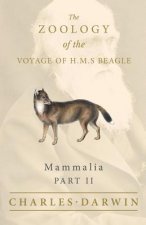
Mammalia - Part II - The Zoology of the Voyage of H.M.S Beagle
650 Kč -
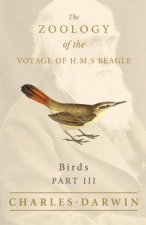
Birds - Part III - The Zoology of the Voyage of H.M.S Beagle
650 Kč -

Tribe
276 Kč -

Design for How People Think
1046 Kč -

The King of Fighters XIV Ultimate Edition (PlayStation PS4)
913 Kč -
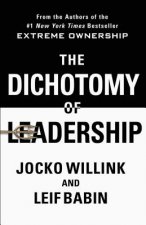
Dichotomy of Leadership
595 Kč -
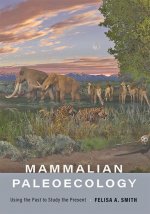
Mammalian Paleoecology
2175 Kč -

Dinosaur Art II
810 Kč -
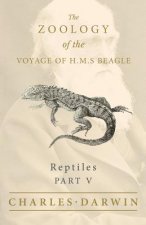
Reptiles - Part V - The Zoology of the Voyage of H.M.S Beagle
650 Kč -
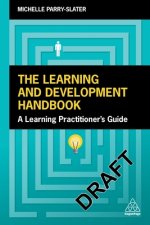
Learning and Development Handbook
1123 Kč -
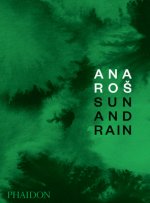
Ana Ros
1451 Kč -

Supernatural Spiral Notebook
318 Kč -

Norma Kamali: I Am Invincible
800 Kč -
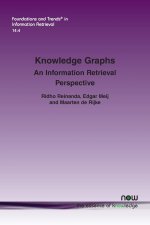
Knowledge Graphs
2783 Kč -

1Q84: Book 3
276 Kč -

Path of Destruction: Star Wars Legends (Darth Bane)
208 Kč -

GENKI VOL.2 TEXTBOOK (3E ED.)
1790 Kč -

The Myth of Sisyphus
169 Kč -
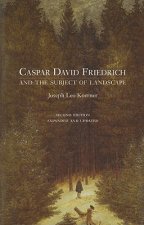
Caspar David Friedrich and the Subject of Landscape
970 Kč -

Application of Artificial Intelligence in Process Control
3274 Kč -
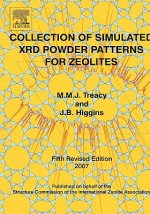
Collection of Simulated XRD Powder Patterns for Zeolites Fifth (5th) Revised Edition
6246 Kč -

Dark Threats and White Knights
1056 Kč -
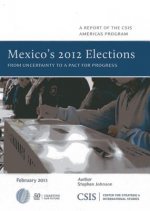
Mexico's 2012 Elections
1645 Kč -

House of Five Leaves 1
320 Kč -

Log Construction
861 Kč -

Ferrari Research Center
925 Kč -

Advances In Distributed Multimedia Systems
4420 Kč -

DBT Skills Training Manual
1914 Kč -

Identity Theft
277 Kč -
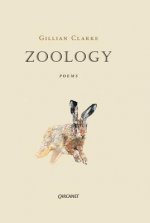
Zoology
312 Kč -
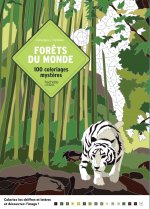
Coloriages mystères Forêts du monde
527 Kč -

IL FISCHIO DEL VAPORE
805 Kč -

Night and Sea - Band 1
180 Kč -

Obawiam się ciebie
171 Kč -

Sticker-Kreativbuch: Im Zoo
122 Kč
Darujte tuto knihu ještě dnes
- Objednejte knihu a zvolte Zaslat jako dárek.
- Obratem obdržíte darovací poukaz na knihu, který můžete ihned předat obdarovanému.
- Knihu zašleme na adresu obdarovaného, o nic se nestaráte.
Více informací o knize Mammalian Dispersal Patterns
Nákupem získáte 134 bodů
 Anotace knihy
Anotace knihy
Mammalian Dispersal Patterns examines the ways that social structure affects population genetics and, in turn, rates of evolution, in mammalian groups. It brings together fieldwork in animal behavior and wildlife biology with theoretical work in demography and population genetics. The focus here is dispersal--whether, how, and when individuals leave the areas where they are born. Theoretical work in population genetics indicates that such social factors as skewed sex ratios, restrictive mating patterns, and delayed age of first reproduction will lower the reproductive variability of a population by reducing the number of genotypes passed from one generation to the next. Field studies have shown that many mammalian species do exhibit many such social characteristics. Among horses, elephant seals, and a number of primates, the majority of females are inseminated by only a fraction of the males. In pacts of wolves and mongooses, usually only the highest-ranking male and female breed in a given season. Although socially restricted mating tends to lower genetic variability in isolated populations, it actually tends to increase genetic variability in subdivided populations with low rates of migration between subunits. Among some species there is little dispersal and thus little gene flow between subpopulations; other species travel far afield before mating. The contributors to this volume examine actual data from populations of mammals, the way patterns of dispersal correlate with the genetic structure of individuals and populations, and mathematical models of population structure. This interdisciplinary approach has an important bearing on work in conservation of both wildlife and zoo populations, for it shows that the home range and the population size needed to maintain genetic variability can differ greatly from one species to the next. The volume also offers a fruitful model for future research.
 Parametry knihy
Parametry knihy
Zařazení knihy Knihy v angličtině Mathematics & science Biology, life sciences Zoology & animal sciences
1335 Kč
- Plný název: Mammalian Dispersal Patterns
- Podnázev: The Effects of Social Structure on Population Genetics
- Autor: B. Diane Chepko-Sade, Zuleyma Tang Halpin
- Jazyk:
 Angličtina
Angličtina - Vazba: Brožovaná
- Počet stran: 352
- EAN: 9780226102689
- ID: 04543370
- Nakladatelství: University of Chicago Press
- Hmotnost: 566 g
- Rozměry: 200 × 200 × 20 mm
- Datum vydání: 01. December 1987
Oblíbené z jiného soudku
-
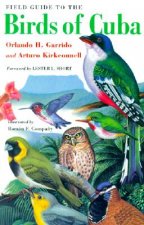
Field Guide to the Birds of Cuba
585 Kč -
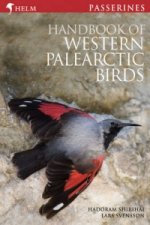
Handbook of Western Palearctic Birds
3884 Kč -

Bach Flower Remedies For Animals
543 Kč -

Mammals of Costa Rica
586 Kč -

Wolves
836 Kč -

Birds of Japan
1061 Kč -

Birds of Argentina and Southwest Atlantic V 1
843 Kč -

Fishes of Indiana
619 Kč -
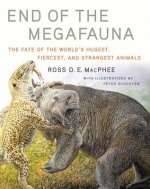
End of the Megafauna
836 Kč -
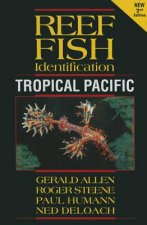
Reef Fish Identification
1103 Kč -

Essentials of Clinical Anatomy of the Equine Locomotor System
1966 Kč -
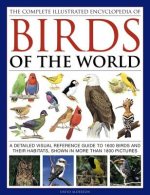
Complete Illustrated Encyclopedia of Birds of the World
550 Kč -
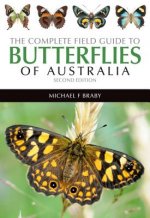
Complete Field Guide to Butterflies of Australia
1156 Kč -
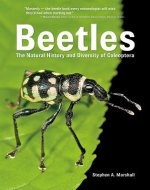
Beetles
1745 Kč -
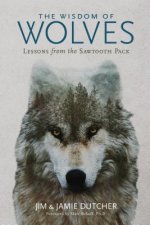
Wisdom of Wolves
640 Kč -

In The Shadow Of Man
466 Kč -
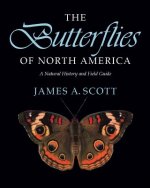
Butterflies of North America
1521 Kč -
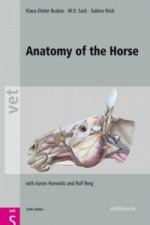
Anatomy of the Horse
2010 Kč -
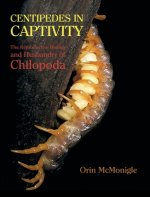
Centipedes in Captivity
1720 Kč -

Nature of Horses
276 Kč -
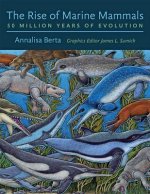
Rise of Marine Mammals
2045 Kč -
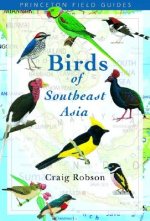
Birds of Southeast Asia
814 Kč -
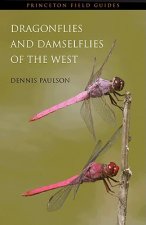
Dragonflies and Damselflies of the West
855 Kč -
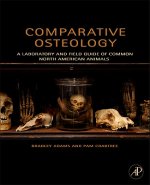
Comparative Osteology
1917 Kč -
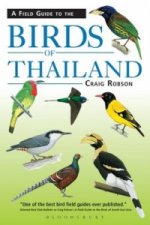
Field Guide to the Birds of Thailand
1169 Kč -

Bumblebees
771 Kč -
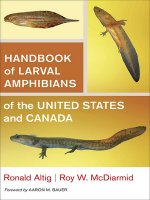
Handbook of Larval Amphibians of the United States and Canada
2730 Kč -
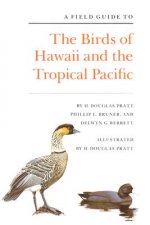
Field Guide to the Birds of Hawaii and the Tropical Pacific
1246 Kč -
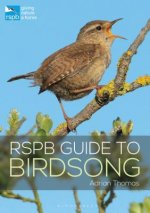
RSPB Guide to Birdsong
483 Kč -
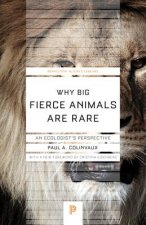
Why Big Fierce Animals Are Rare
392 Kč -

Principles of Thermal Ecology: Temperature, Energy and Life
2368 Kč -
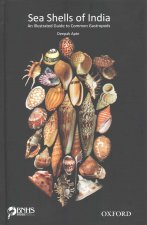
Sea Shells of India
1399 Kč -

Dance Language and Orientation of Bees
2044 Kč -

Solitary wasps
880 Kč -

Prairie Dog Empire
522 Kč -
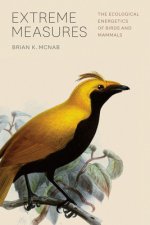
Extreme Measures - The Ecological Energetics of Birds and Mammals
1471 Kč -

National Audubon Society Guide to Marine Mammals of the World
855 Kč -
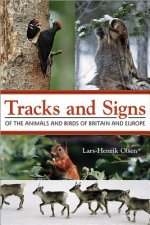
Tracks and Signs of the Animals and Birds of Britain and Europe
875 Kč -
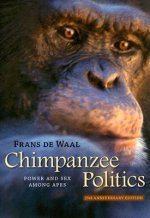
Chimpanzee Politics
998 Kč -
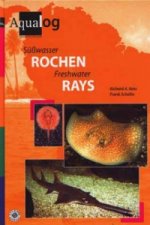
Aqualog Freshwater Rays
671 Kč -
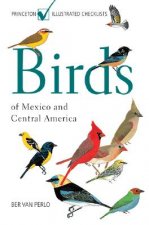
Birds of Mexico and Central America
623 Kč -
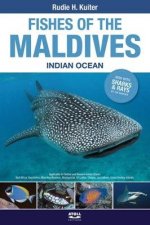
Fishes of the Maldives
1370 Kč -
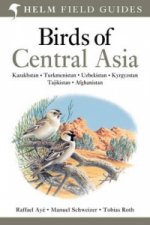
Birds of Central Asia
1252 Kč -
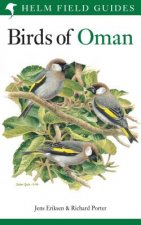
Birds of Oman
1087 Kč -
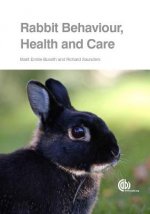
Rabbit Behaviour, Health and Care
736 Kč -
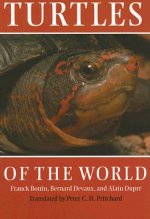
Turtles of the World
1741 Kč -
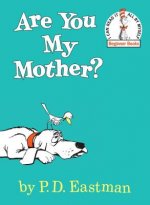
Are You My Mother?
222 Kč -
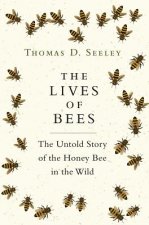
Lives of Bees
706 Kč -
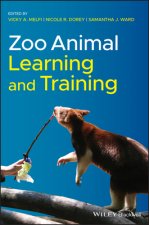
Zoo Animal Learning and Training
1716 Kč
Osobní odběr Praha, Brno a 12903 dalších
Copyright ©2008-24 nejlevnejsi-knihy.cz Všechna práva vyhrazenaSoukromíCookies


 Vrácení do měsíce
Vrácení do měsíce 571 999 099 (8-15.30h)
571 999 099 (8-15.30h)